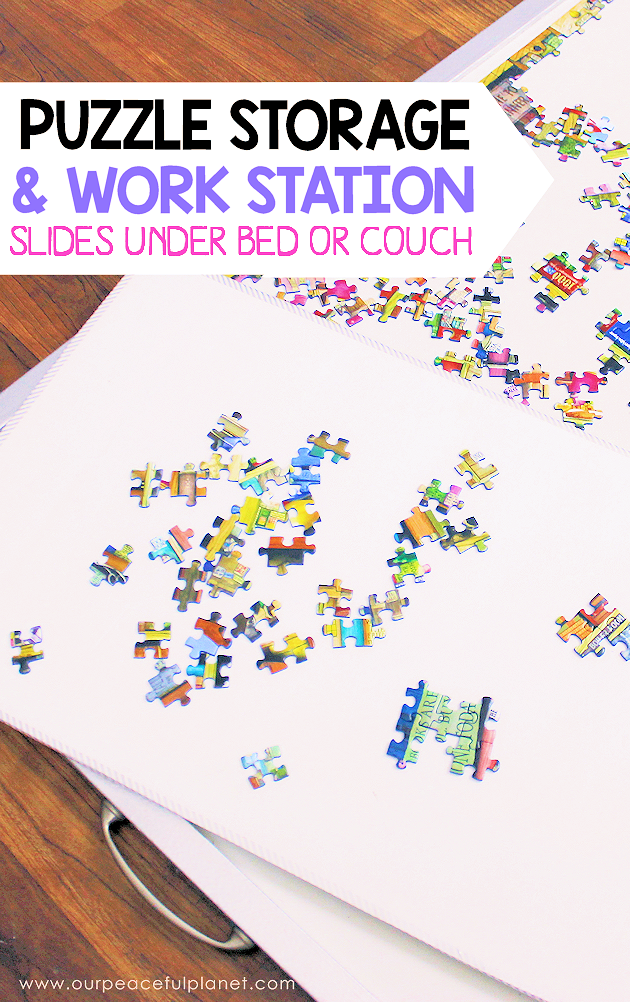
The art of quilling is a centuries-old decorative craft. It involves the art of rolling, twisting and bending thin pieces of paper into many different shapes. Its popularity can be traced back to the late 16th-early 17th century, when Princess Elizabeth and Queen Elizabeth were both fond of the technique. The techniques of quilling have remained relatively unchanged since then, and there are many variations on the traditional method. Read on to learn more about this fascinating art form.
Paper quilling, a decorative art, is one example of this.
Quilling is a traditional form of decorative arts with a colorful history. It was originally called paper filigree. It's a centuries-old art that involves cutting colored papers into thin strips, rolling them and pinching them into various shapes. These shapes can be attached with glue. The resulting pieces look beautiful and decorative. You have the option to make your own designs, or buy one from an artist. People also use quilling to express their feelings.
Quilling became popular in England during the Regency period. The art was used as decoration for holy pictures and reliquaries by nuns. It was widely accepted and spread across Europe. It was a popular craft in poorer churches where nuns could practice it using vellum. Although it was hard to tell quilling from silver or real gold filigree work at first, it was made easier by the advent of paper production.

This involves twisting and rolling thin paper strips into desired shapes.
As a replacement for metal filigree, the art of quilling was invented in the 14th Century. The name of the technique comes from the fact the artists used porcupine or feather quills to wind the paper coils. Quilling is becoming a more popular art form for children and adults. There are two types: the functional and the decorative.
Paper quilling is an interesting activity that can lead to many different compositions. While it can be very easy and cost-effective, it takes patience and care. Quilling is a great choice for creating gifts, cards, or paintings. Paper quilling is a fun hobby for all ages and skill levels. You simply need to prepare multiple strips of colored paper and wind them onto a base. Each element is then given its proper shape and color to create beautiful paper patterns.
It was very popular in the 16th- and 17th centuries.
While quilling is a skill that was developed in the Middle Ages and became more popular during the Renaissance, it was still not widespread. It was originally practiced by nuns who used gilded paper to decorate holy pictures and reliquaries. Quilling eventually became a common pastime for women. It was popularized throughout Europe and taught along with needlework. Queen Anne and Lady Mary, both of Denmark, were among the famous quilters.
The Georgian period saw quilling become very popular in England. The art was even enjoyed by Princess Elizabeth, the future Queen of England. Quilling was a highly-popular hobby during this period, and it had a lucrative market. Cabinet makers supplied wooden boxes to be used to display quilling creations. William Bemrose was a woodcarver, and the owner of Bemrose & Sons' printing company.

Techniques
A book or a tutorial video can help you learn the basics of quilling. The book contains step-bystep photos that will help you complete each project. You can learn how to quill using one of two methods. Copy someone else's instructions. Imitate them. Both of these methods are effective in learning the basics about quilling.
In the 18th century, quilling was already popular with the British royal family and nobles. It was also used by women to make cards, wrap present, and create pictures. Quilling was used by women to decorate their homes and hats in the latter part of the 19th century. Quilling was also introduced to America by missionaries. It became a popular decorative art.
FAQ
What are good hobbies for seniors?
Senior citizens should enjoy engaging in fun activities. Senior citizens should be active and participate in other activities.
They may be interested in joining clubs to find people with similar interests. They will feel less lonely as their age.
Seniors must also be on the cutting edge of new trends. For example, seniors could keep up with the latest fashions, art and literature.
What are the best ways to find a hobby?
When you first start your journey into finding a hobby, you may feel like you've got nothing to choose from.
You might think, "I'm not very talented," "I struggle at sports," "I don't really know anything."
But the truth is, you probably already have a lot of experience to draw upon when looking for a hobby.
It's only that you don't know it yet.
Take a tour of your house. Do you have a lot of stuff?
Do you still have toys?
Perhaps you have a collection.
Perhaps you've always wanted a career in cooking.
Or perhaps you would just like to learn how to play the guitar again.
Whatever it is, there's likely something you can turn into a hobby.
The key is to see that you already have many experience to draw upon.
You will find a hobby you love once you have it.
What are your competitive hobbies?
Running, swimming, cycling and tennis are all competitive sports.
They're a great way to get social interaction and are enjoyed by those who love physical activity.
If your hobby involves physical activity, you will likely find other people who share it.
You might consider joining a group or club that meets regularly to play together in sports.
You can also participate in team games where you play alongside others.
These include: football (soccer), soccer, cricket, netball.
There are many types of competition.
Some competitions are organized for purely recreational purposes.
Others are designed for competitors to prove their skill.
Some are even designed to reward outstanding performance.
These cases award prizes to the winners.
Other competitions are designed to test the strength and stamina of competitors.
These are endurance events.
For example, marathon races, triathlons, Ironman Triathlon, etc.
Athletes train hard before they compete in these events.
To prepare their bodies and minds, they will have to adhere to a strict training plan.
They might also have to travel for preparation.
It is important to remember, not all athletes will compete in every type and event.
Where can I find resources for learning more about hobbies?
Many websites are dedicated to helping people find new hobbies.
Here are some of the favorites:
www.trythisathome.com - This site provides a list of over 100 different hobbies. It also includes information on how to get started on each one.
www.hobbyfinders.org -- This site provides a searchable database of thousands upon thousands of hobbies that you can browse by skill level, location and interest.
www.indiebazaar.co.uk - IndieBazaar is an online marketplace designed specifically for independent artists and musicians. The site sells hundreds of items, including artwork and music gear.
www.pinterest.com/explore/hobbies - Pinterest is a social media network that lets users "pin" images they find interesting onto their boards. Boards let users organize what they like into particular categories.
www.reddit.com/r/Hobbies Reddit allows users to share links to articles, videos and other content on their social media platforms. Users can vote on which posts they think are most valuable.
Statistics
- The Role of the Mind in Sex, Dating, and Love: Men in the “humor” condition received phone numbers from 42.9% of the female participants and were refused 57.1% of the time. (time.com)
- The intensity of the dialogue partners' bond at the end of the forty-five-minute vulnerability interaction was rated as closer than the closest relationship in the lives of 30 percent of similar students. (time.com)
- Studies show that just six minutes of reading can reduce stress levels by 60 percent. (oberlo.com)
- A new survey by Pew Research Center of teens ages 13 to 17 finds that 36% of girls feel tense or nervous about their day every day; 23% of boys say the same. (pewresearch.org)
- In comparison, men in the “no humor” condition were refused 84.6% of the time and were only accepted 15.4% of the time. (time.com)
External Links
How To
How to Learn a Musical Instrument
There are many different ways to learn how music is played. You could go to a school or buy a book. You could also take lessons from an experienced musician, watch videos online, and so on. These are just a few tips and tricks to help you get started if you're determined to make your own path.
-
Find something that interests or appeals to you. You don't have to like every instrument you see. It is difficult to enjoy an instrument if it is not something you are interested in.
-
Be patient. Learning something new takes time. Expect to not be able master all things immediately. Instead, you should continue practicing every day.
-
Make sure you practice regularly. Even if you feel tired, keep practicing. This will make sure you don't forget the lessons you have learned.
-
You should choose a comfortable place to practice. It is best to find a quiet space where you will not disturb others. Make sure there aren't distractions. For example, avoid having loud music playing nearby.
-
Have fun. Music is meant to be enjoyed. It is important to have fun when practicing. Being happy will inspire you to keep practicing.
-
Set goals. When you set goals, you know exactly what you have to achieve. You will never be ashamed to fail.
-
Keep track of how you are doing. Write down all of your accomplishments and failures. Doing so will help you improve over time.
-
Take breaks. Sometimes all it takes is to take a breather. Take breaks to allow you to reflect on things.
-
Ask questions. Ask questions. They might be able to assist you.
-
Listening is the best way to learn. Many musicians listen to songs that they like and imitate them. This allows them to understand the basic ideas behind the song.
-
Read books. Watching videos or taking classes will not teach you as much as reading books. You will also find information in books that you won't find anywhere else.
-
Join a band. You'll be more motivated to practice when you are playing with others. Plus, you'll meet people with the same interests as you.
-
Learn from tutorials. Tutorials are brief videos that cover a variety of topics in great detail. Tutorials are short videos that focus on one part of the instrument. Watching tutorials can help you understand difficult parts of the instrument.
-
Try different methods. Some people learn best by reading, while others prefer lectures. Experiment until you find what works best for you.
-
Practice makes perfect. There is no way to be an expert overnight. It is important to put in a lot of effort before you can become skilled enough to perform well.
-
You can learn from other musicians. Listening to others play your favorite songs can help speed up learning.